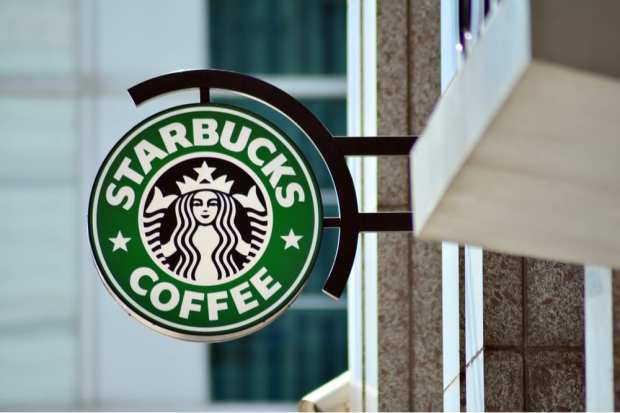Starbucks Looks To Partially Reopen US Locations May 4

Starbucks is planning to move into the “monitor and adapt” stage of the coronavirus pandemic and open some of its stores starting May 4 with new restrictions, according to Chain Store Age (CSA).
The coffee chain plans to follow a similar model in the U.S. as it has in China, where it has reopened most stores after having to shutter operations there earlier this year. Starbucks, like almost every other business relying on foot traffic and people going outside, has seen earnings suffer.
Starbucks CEO Kevin Johnson said in a letter to employees that the company plans to closely look at safety measures and open stores only in areas safe to do so, using a case-by-case scenario. Some stores may remain drive-thru only, while others could use contactless pickup and delivery options.
But Rossann Williams, executive vice president and president of U.S. company-operated business and Canada, said there wouldn’t be a one-size-fits-all solution for now and decisions would have to be made locally depending on the circumstances on the ground with the virus trajectory, local rules, operation capability and the sentiment of the community surrounding the store, according to CSA.
Over 60 percent of the coffee chain’s locations have a drive-thru, and even before the virus, 80 percent of orders were placed via mobile or on-the-go.
Starbucks has been busy over the past few weeks, testing a variety of options like contactless service, curbside pickup and at-home delivery as the virus forced everyone to stay away from the usual public spaces.
In his letter, Johnson expounded on the extraordinary circumstances of the pandemic, saying it has been a showcase of the “fragility of the human experience” and that the world has had to come together as one.
As such, Johnson said the company is “ready for this new, dynamic period.” He said the decisions on how to move forward would be “human” ones first and foremost, and he said he hoped the world could come through the “tragic loss, intense anxiety, and now disruptive economic consequences.”
